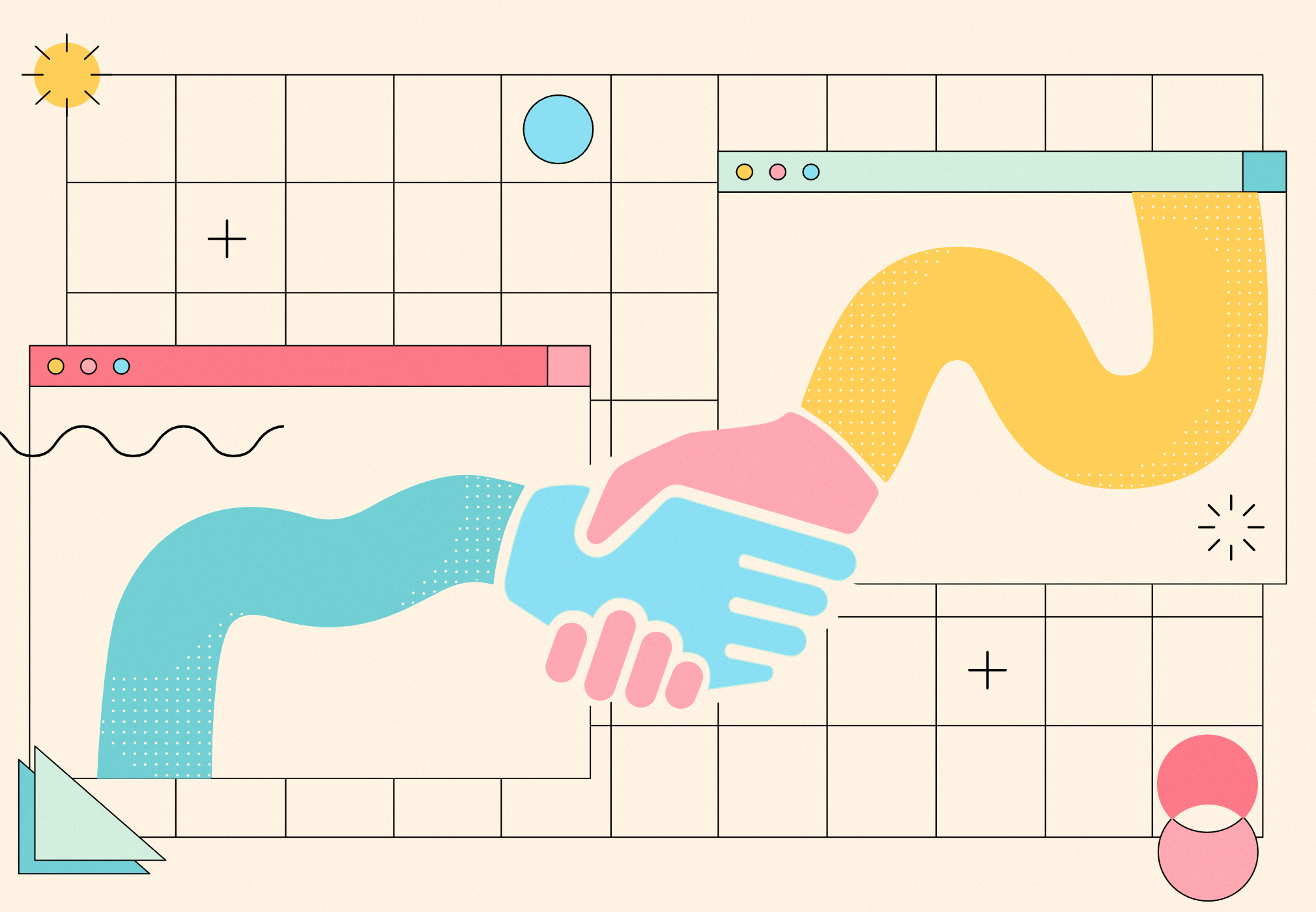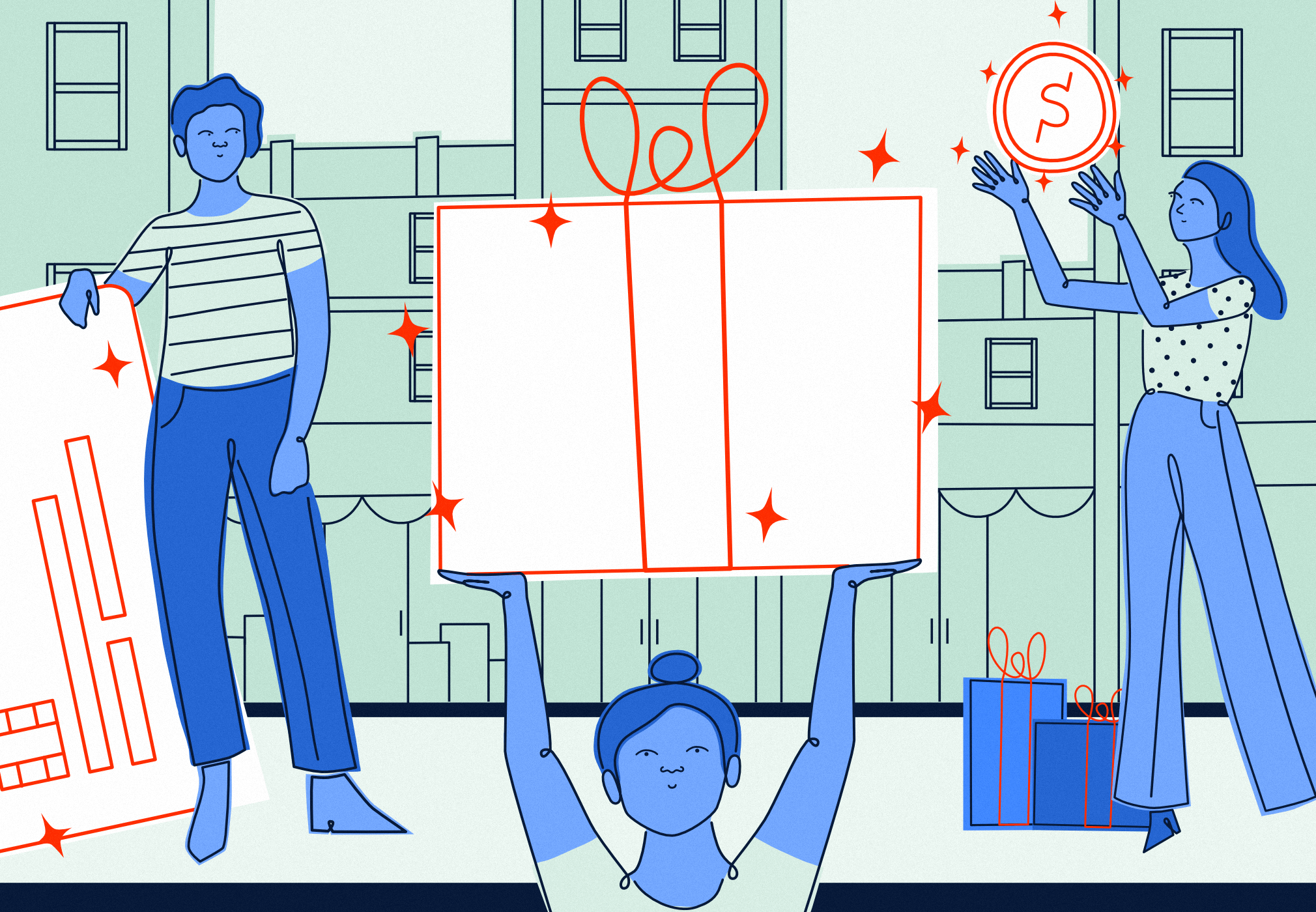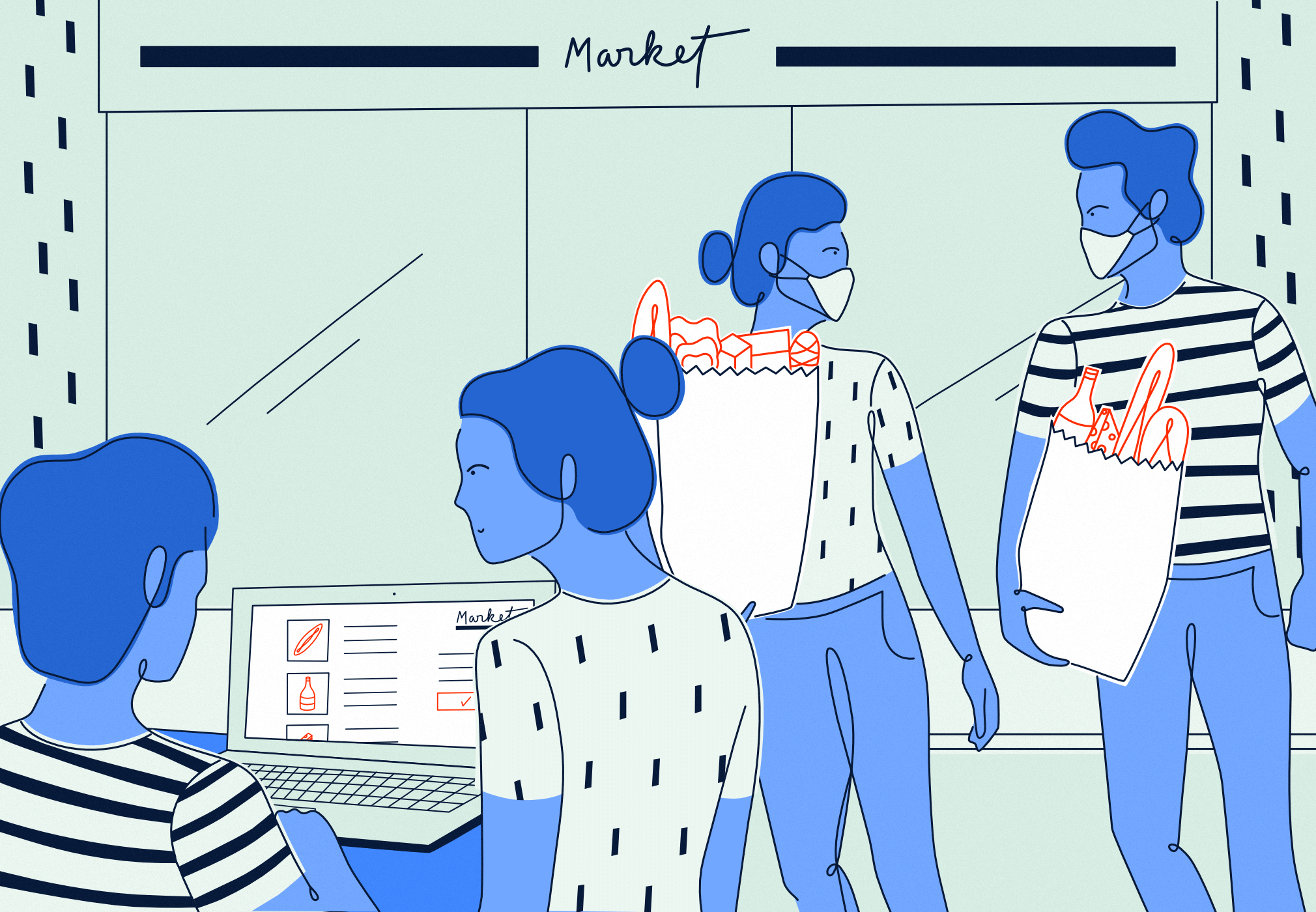Customer payment data: what you need and where to get it

In business, it’s not what you know, it’s who you know.
Except In the loyalty business, where it’s a little bit of both.
Data’s always been the bread and butter of any good loyalty programme. But recently, what data you collect about your customers and how creatively you use it has been getting more attention. Look at the categories for any of the leading loyalty awards this year, and you’ll find at least one data category. Speak to any experts, and it’s among their top trends for 2020.
That’s not just the industry patting itself on the back. Leveraging data creates genuine value for your customers – and that’s how you keep them coming back. Take Starbucks Rewards. With 14 million active users in the US alone, it’s frequently ranked among the best programmes out there. What makes it work? Data. When the programme and accompanying app were re-launched last year, it gave customers more ways to earn ‘stars’. That meant more ways to capture data and turn it into something of genuine value.
Why customers are nervous about sharing their data
But customers are cautious about what they give away, and with good reason. We’re all familiar with the big breaches of the last few years. Couple that with the rise of regulation designed to shift data ownership back to consumers, you’re looking at a significantly changed landscape. Increased consumer awareness and scrutiny mean it’s no longer a case of gathering as much data as possible: you need to be hyper-sensitive about what you ask for and how you use it. As a rule of thumb, consumers are pretty happy to share their shopping preferences in return for more personalisation. Start asking for anything more sensitive, or fail to provide tangible value in return, and you’ll meet with resistance.
Getting it right can feel like navigating a minefield. But it’s important to remember that these are all positive moves. If you’re in the business of creating better customer experiences (and if your business is loyalty, you should be), then thinking critically about data is a good thing. Knowing exactly what you need, where to get and how to protect it will enable you to build delightful products your customers stay loyal to long-term.
What data you need for loyalty
So, what do you need? There are three key components:
- Granularity. Knowing that a customer spent in one of your stores isn’t enough. You need geolocation data that can pinpoint spend in specific branches.
- Speed. To stay front-of-mind, it’s important to interact with customers at the moment they spend with you. You need real-time data to create a more engaging user journey.
- Coverage. You miss out on data every time a customer forgets to scan a card, coupon or receipt. Affiliate links can get lost in cookie filters, and only give you a view of online spend. You need a frictionless way to capture transactions across channels.
It can be challenging to find a data source that offers all three. One of the most common methods, barcode scanning, only gets you part of the way there. While it lets you attribute spend to a customer at the point of sale, it also introduces a lot of friction – and that can impact uptake.
A less frictional approach is to capture the data from the customer’s bank account or payment card. Open Banking solutions let you link to a customer’s bank account, and capture their transaction data from there. It’s quick and easy and gives you a lot of holistic information about how your customers spend. But that account-level data isn’t perfect. For one thing, transactions won’t show up in real-time. They can sometimes take up to 48 hours to appear at the account level, and even then, you might struggle to glean useful insights from it. It’s not as granular as other payment streams and won’t give you specifics about merchant location.
Card-linking is the other option. Linking to the customer’s payment card rather than their bank account means they have to give up much less sensitive data to enrol. Only the transactions they’ve consented to be tracked – ie. when they spend with you – are shared, rather than every expense in their account. What’s more, that data arrives in real-time, and includes detailed, brach-level information. It works across channels without adding friction, so you’re much less likely to see drop-off.
Which data source is right for you?
Each approach has its pros and cons. Our infographic lays out the key differences so you can figure out what’s the best fit for you.
Understanding what’s out there is the first step towards creating genuinely engaging, data-driven loyalty programmes. Get that right, and the rest will follow. For a closer look at the differences between data sources, read our eBook, The beginner’s guide to card-linked loyalty.


